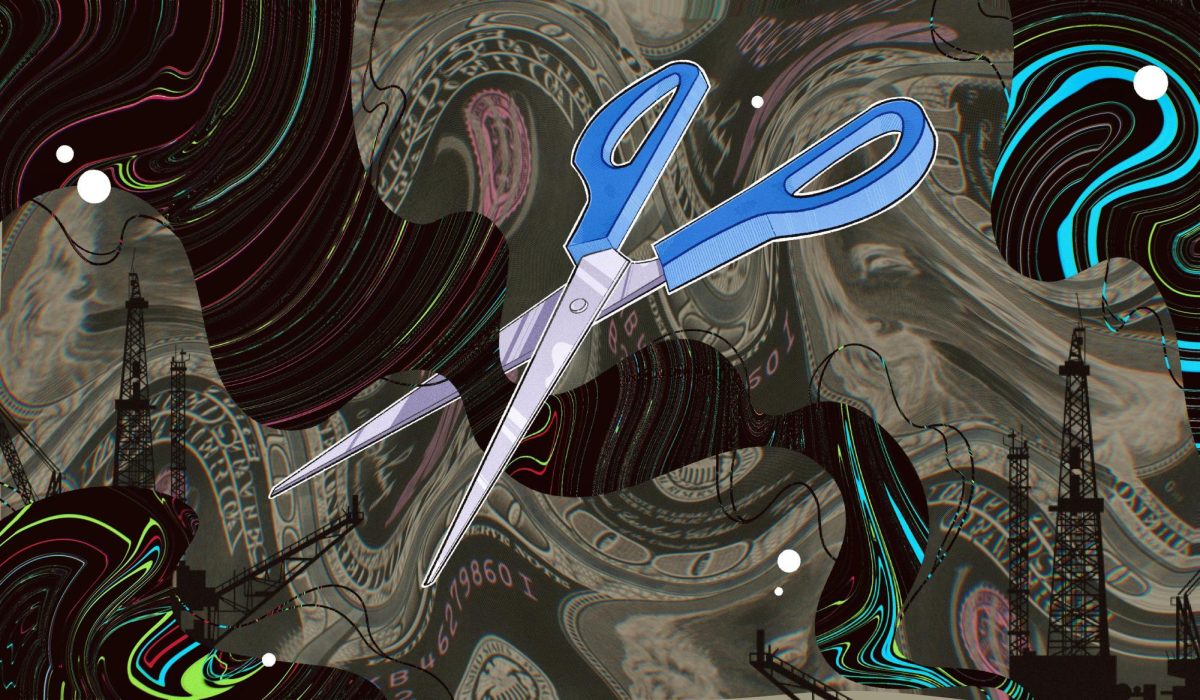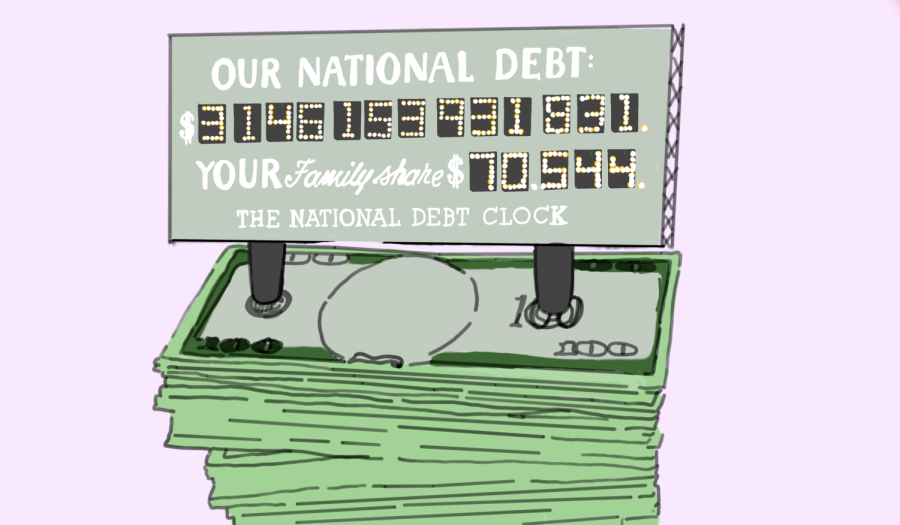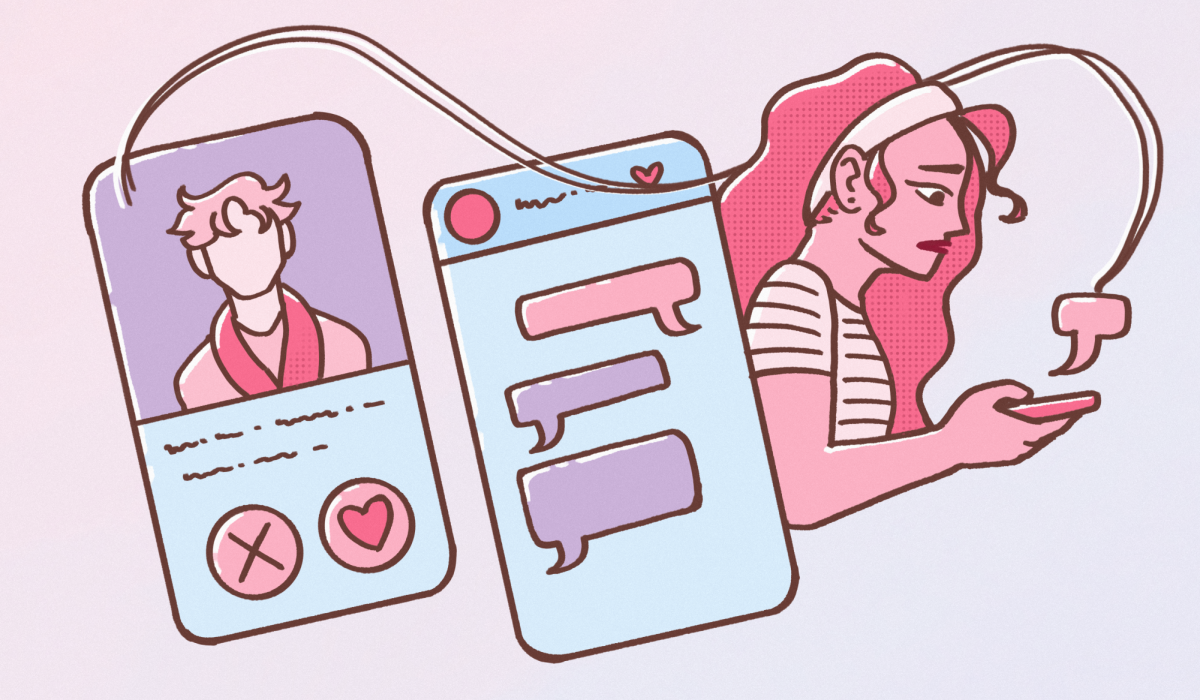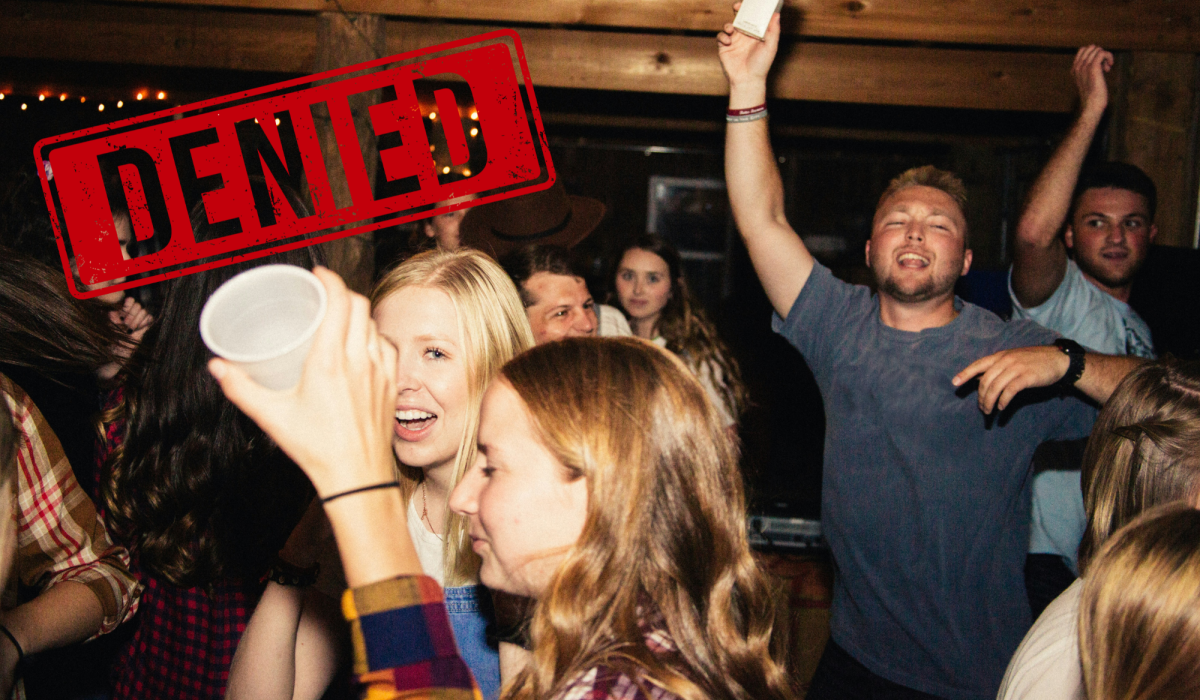In the 1960s, the University of California was, at least on paper, dedicated to remaining tuition-free. Now tuition is at $12,630 system-wide and rising. What happened?
Tax reforms in the 1970s, such as Proposition 13, reduced the state’s tax revenue. Recessions during the 1980s, 2000s, and 2008-09 led to cuts in the California’s General Fund, where the UC system gets its public funding, which were never restored. In 1974, 34 percent of funding for the University of California came from the State of California. Today, it’s only 10 percent — and shrinking.
Even worse, the tuition increases don’t even make up to the cuts. The UC system spends less per student than ever before, having to stretch existing funds to cover increased enrollment (often at the urging of the state!).
The recession in 2008 saw another significant round of state divestment, and the UC system responded with a whopping 32 percent increase in tuition. Resulting pushback by students in 2014 led to a two-year tuition freeze — which expired in January of last year. With enrollment increasing and state funds nowhere to be found, the UC Board of Regents looked to students to foot the bill. Since the state repeatedly requests that each campus increase enrollment, why doesn’t funding increase accordingly?
It’s a combination of distrust, politics, mismanagement, and complicity. The relationship between the UC Board of Regents and the UC Office of the President Janet Napolitano is utterly dismal, especially after the state uncovered millions in hidden funds in its budget last year, as well as manipulation of state review surveys on the part of the UCOP. You just don’t give someone billions of dollars if you know it will be blown on executive parties and administrative pensions.
Instead of trying to fix the relationship, the Regents bill the students. This toxic relationship has shifted UC funding towards the High Fee-High Aid model. The state is required to pay Cal Grants for all eligible students. Cal Grant covers tuition and fees. If the Regents increase tuition, the state has to pay more in Cal Grants. In a fantasy world, the High-fee High-aid model would collect more funding from higher-income students and funnel one-third of tuition paid to lower income students. Instead, sticker shock discourages low-income students from even applying, and costs the state more money in financial aid. This false model isn’t unique to University of California. Other state schools, like Pennsylvania State University are observing the same phenomenon: The high-fee high-aid model means everyone pays more.
In 2006 the UC academic senate released a statement that it would not move toward this model because of its effect on diversity. However, in times of financial need the UC system chose to do just that.
This absurd, unsustainable model of funding needs to stop. Tuition increases are on the voting bloc for the Board of Regents January 2018 meeting. On Jan. 10, the State of California will release its proposed budget for the year. The University of California has requested an increase of four percent in state appropriations. However, Gov. Jerry Brown is slated to propose an increase of only 3.1 percent. Guess where that 0.9 percent will come from? Students.
We, as students, need to stop being an easy source of revenue. Of course this is something that is easier said than done. Our first step is repairing the relationship between Regents and Students. And since the Regents won’t step up, we can be the better half and do it ourselves.
The University of California Student Association, a coalition of representatives from each campus’ student government, runs a program called Student Advocates to the Regents (STARs). Each “star” student will speak at a regents meeting during the public comment section and then be allowed to “shadow” the Regents by attending committee meetings and having lunch with them. This gives student advocates valuable one-on-one time to voice concerns and help the Regents understand that their job isn’t just to (poorly) balance a budget, but to advocate for us to the state and help us obtain affordable and accessible higher education.
In addition, we need to prove to California legislators that we are to be taken seriously. We do this by voting! UC students are 250,000 strong and counting. We have power, we need to use it. The next statewide elections, in June 2018, are a perfect time to show our strength.
In 2014, students mobilized and succeeded in securing a tuition freeze. Student action can force the Regents to listen to us despite trying to tone us out. On Jan. 16 and 17 join the Associated Student on Library Walk 10 a.m. – 2 p.m. Sign letters to be delivered to Gov. Brown’s office and the Board of Regents. Let them know that you do not support a tuition increase for the 2018-2019 school year.
On Jan. 18 come out to our teach-in at 7 p.m. to speak with upcoming Student Regent-designate Devon Graves and learn more about the governing body of the University of California system. Friday will include an event at the Silent Tree in front of Geisel Library. More information forthcoming: follow @UCSD Fund The UC on Facebook!














